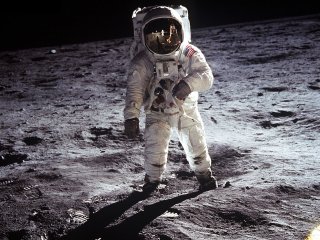
It had come to visit before: the first tubers were brought to the continent by the Spaniards. But they did not start to cultivate it. This process started in England – the first place where the potato was brought to by the mathematician and astronomer Thomas Harriot. It happened on July 28, 1586. A contemporary and close acquaintance of Shakespeare, Harriot traveled to North America as part of Walter Raleigh's expedition; he attempted to create an alphabet and dictionary of Indians and to describe North American shores. Under orders from the leader of the expedition, the scientist brought home potatoes and planted them on Raleigh's Irish estate. As is well known, the path of the potato to the European table was long and winding. People desperately resisted the innovation and looked for causes of contagious diseases in potatoes. They were wrong about contagiousness, for sure, but the first experimentalists were often poisoned by potatoes, all because the unenlightened public desperately confused the tops with the roots and tried to eat the poisonous fruits rather than the edible root crops. The public was accustomed to the “second bread" with carrot and stick. But more with some cunning ways: as soon as the French agronomist Parmantier found out that potatoes were edible and useful, an extensive campaign to promote them unfolded. Parmantier and the authorities he inspired, did their best to deceive people: they guarded the potato-beds during the day, and took off the sentry at night. Peasants began to steal the valuable tubers. Later potatoes helped Europeans a lot during the years of famine and, therefore, earned the right to exist. To Russia potatoes were brought by Peter I. But it was not popular: bread in our land was cheaper than potatoes. Under Catherine, potatoes were introduced by force, and it provoked long riots: people joke that they stopped only when the recipe for potato moonshine was found out.
























